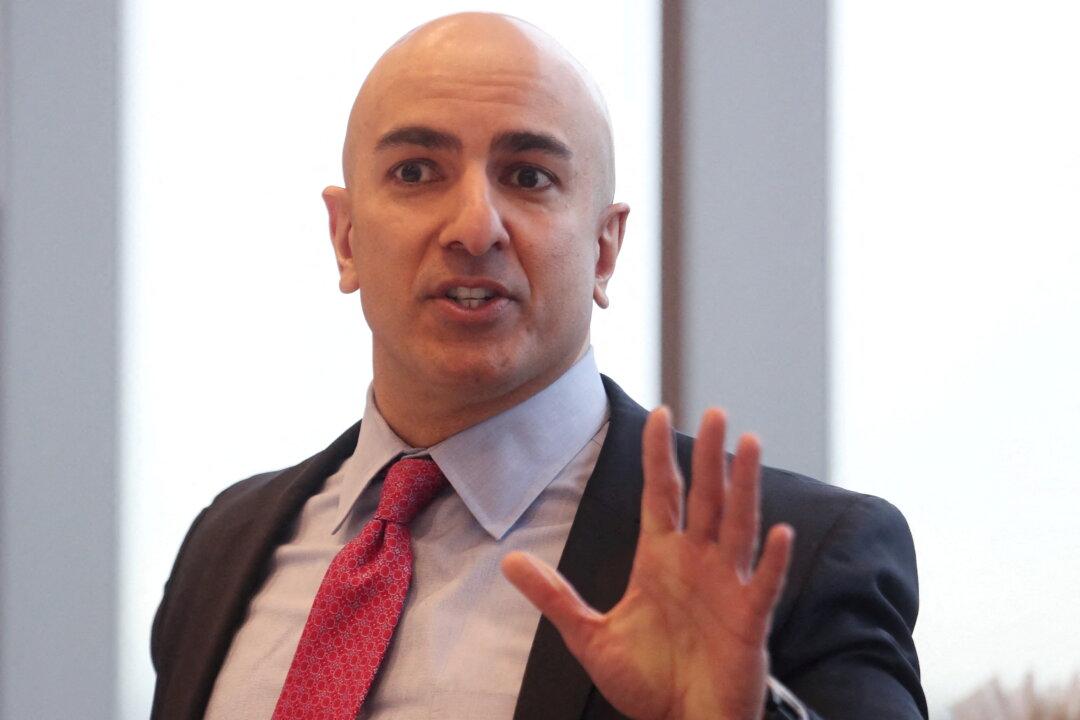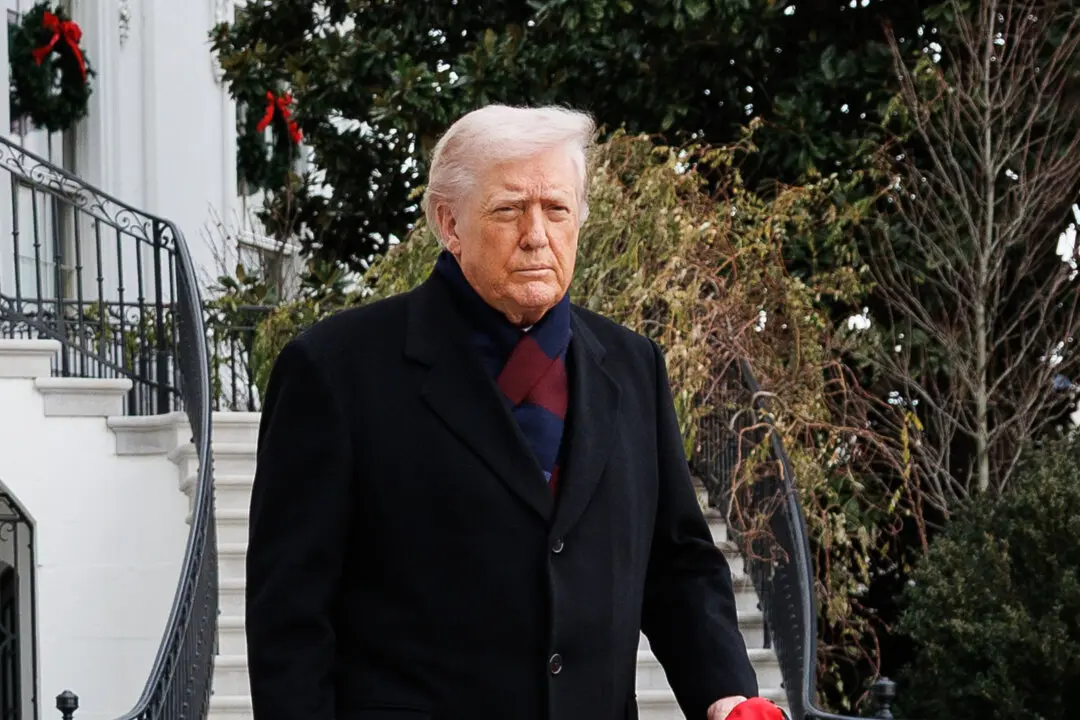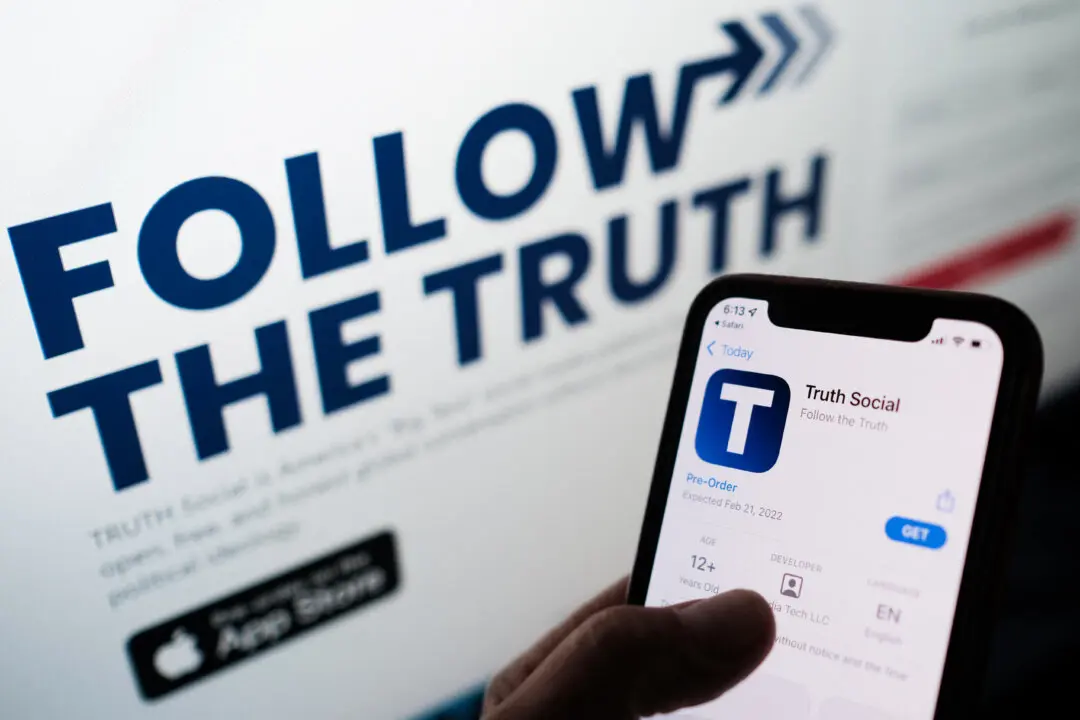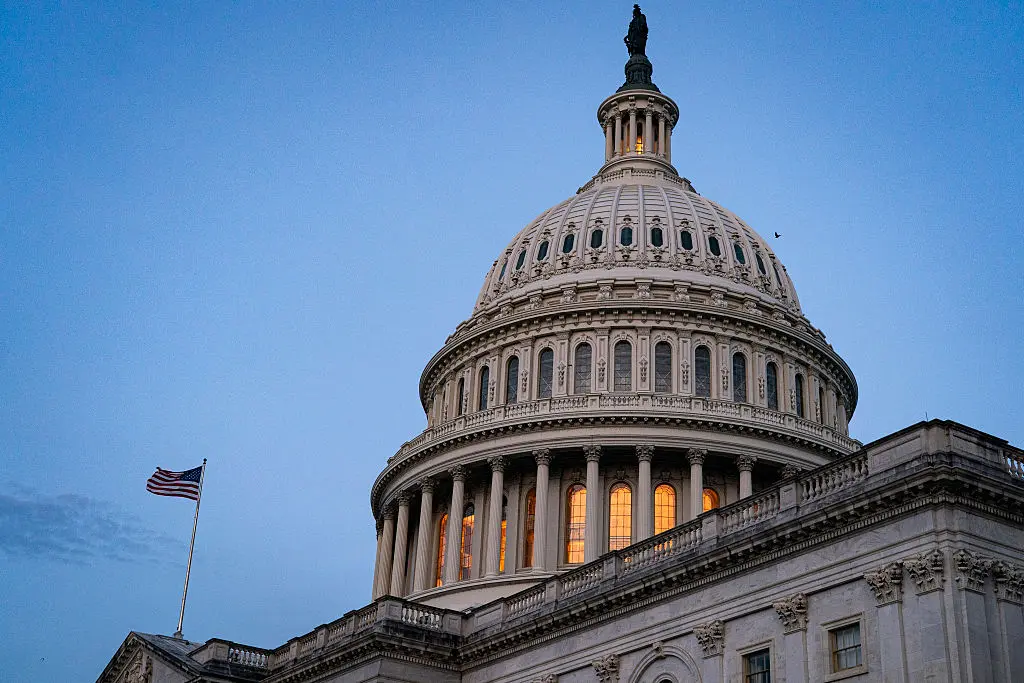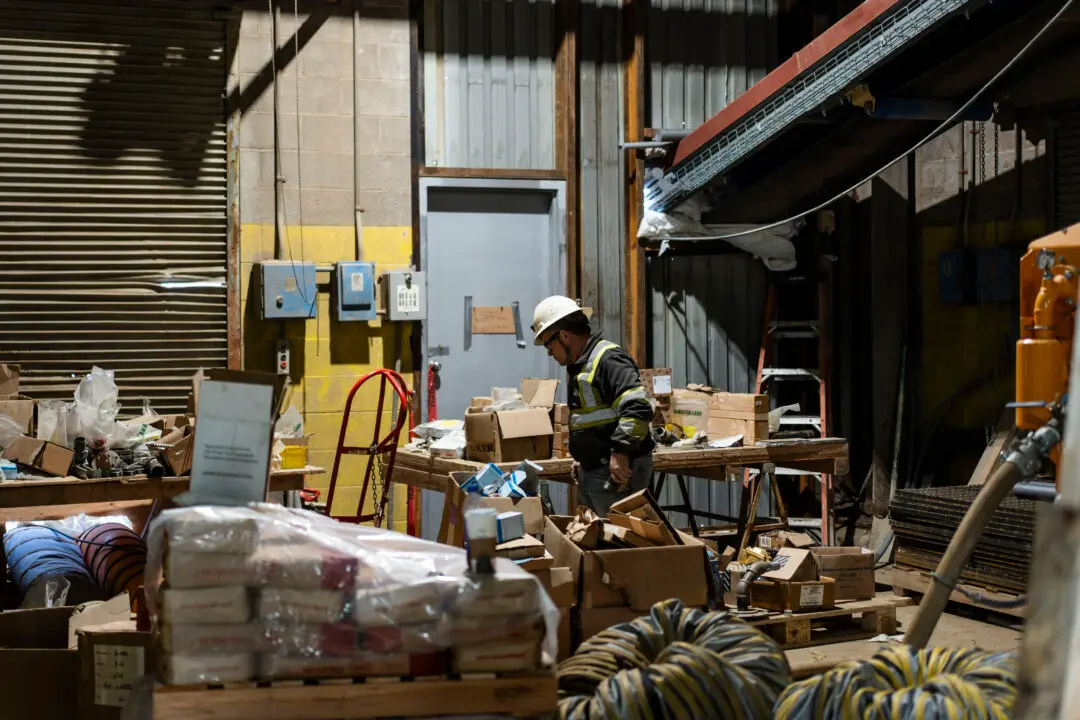Minneapolis Federal Reserve Bank President Neel Kashkari said in a podcast interview that Americans are so fed up with inflation that they’re inclined to tolerate a recession if it means price pressures will fall, while warning consumers to brace for the prospect of high interest rates for an “extended” period.
Mr. Kashkari made the remarks in an episode of the Financial Times’ “Economics Show,” noting that the U.S. central bank is to some extent confounded as to why inflation has been “much longer lasting” than the Fed’s models predicted.
